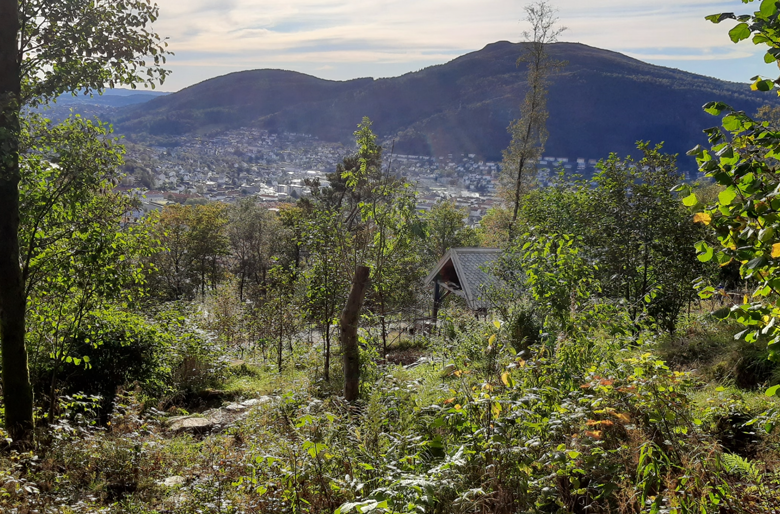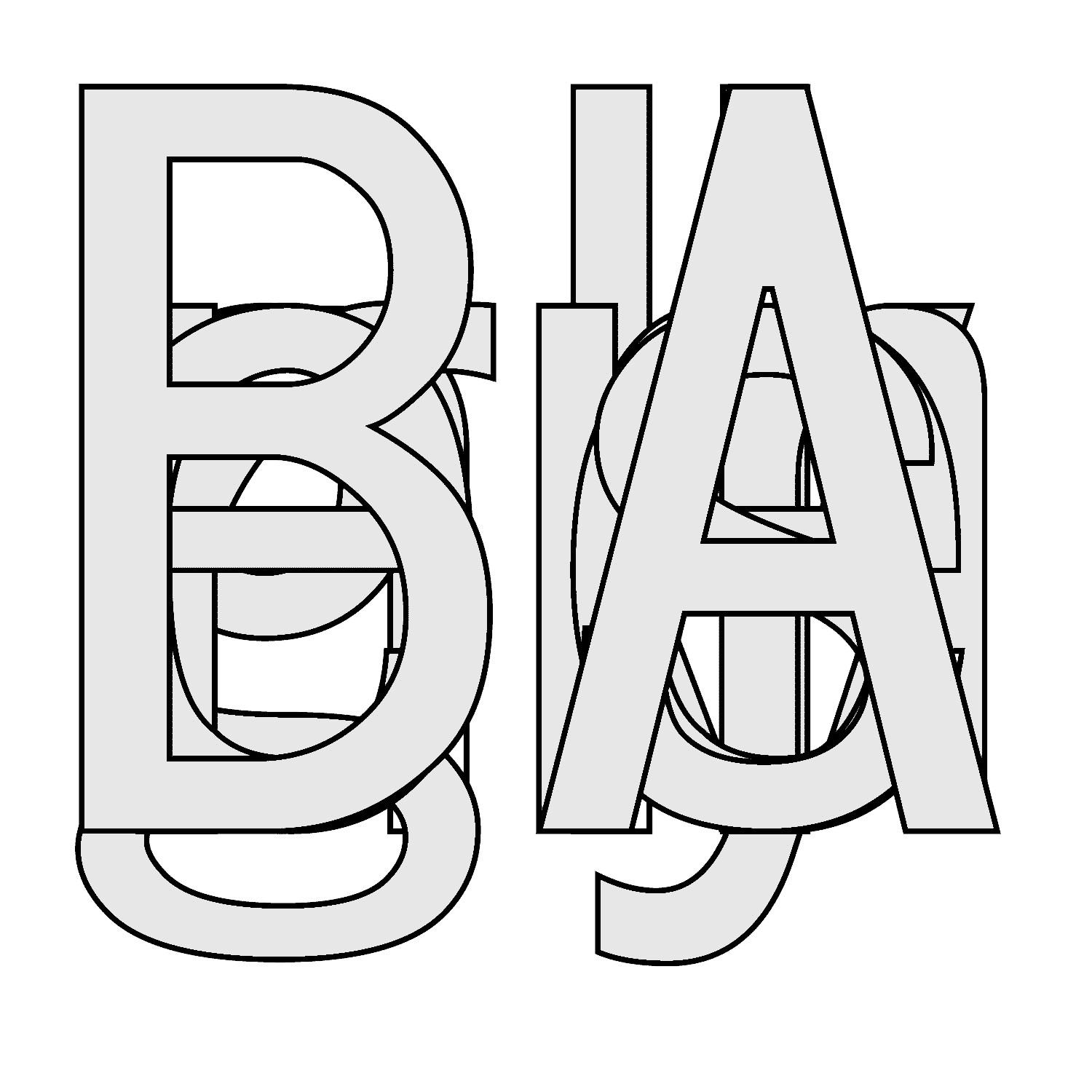NO / EN
Exploring Tools for Site-Specific Dialogues: Learning with the Forest Way
Shared by Sanchayan Ghosh | Traced by Larissa Fassler

A site’s identity is often shaped by multiple forces, existing in complex tension between architecture, memory, atmosphere and nonhuman life. This course offers a multi-sensory exploration of Matskogen at Landås. You will be invited to play with these relationships through site-specific art and hands-on, collaborative activities – theatre games, sound, and walking exercises – incorporating sustainable building as a way to live and work together with the forest.
Matskogen at Landås is a common area and community garden for learning about regenerative agriculture.The garden is located on the south-facing slope at the base of Ulriken mountain. The project is built by volunteers and is open to everyone. It is part of the Bærekraftige liv (Sustainable Living) network in Landås. The goal of Matskogen is to combine good nature management with food production.
Sanchayan Ghosh is an artist and educator from Kolkata with a background from Visva Bharati University, Santiniketan, where he currently works as an associate professor in the Department of Painting. Through his continuous exploration in site-specific interactive art practice, Ghosh has over the years been exploring workshop-based collective community dialogues. Ghosh has participated in prestigious events including Documenta 14 and the Kochi-Muziris Biennale, and continues to shape pedagogy through collaborations with institutions like FICA(Foundation for Indian Contemporary Art).
For the past 18 years, Larissa Fassler has been creating works of art that document and interrogate the geo-spatial politics of city life. With cartographic paintings and drawings, and architectural sculptures, she creates visualisations of the observable and intangible characteristics of a city, and documents the complicated socioeconomic and cultural issues affecting urban space today. Using processes of mapping and counter-mapping, she employs her own subjective systems to survey public spaces by walking their length and breadth, recording her corporeal experiences and spending hundreds of hours collecting detailed observations onsite.
